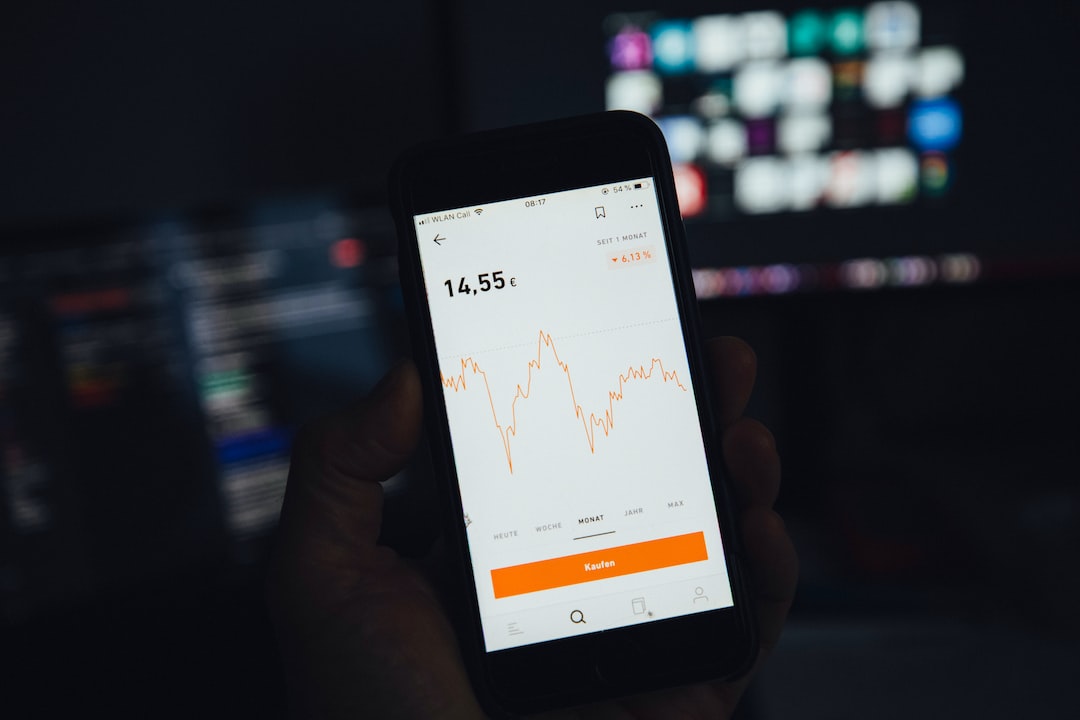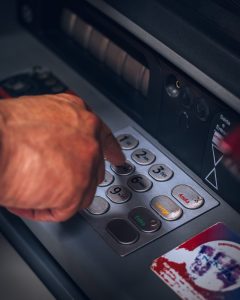Forex signals are alerts or notifications sent to traders indicating the best time to buy or sell a currency pair. These signals are based on technical analysis, fundamental analysis, or a combination of both. Forex signals can be beneficial to traders who want to maximize their profits and minimize their losses. However, not all forex signals are reliable or accurate. In this article, we will explore some good forex signals that traders can use to make informed trading decisions.
1. Technical Analysis Signals
Technical analysis signals are based on the study of price charts and indicators. These signals are particularly useful for short-term traders who want to take advantage of price movements. Some of the most common technical analysis signals include:
– Moving Averages: These are indicators that show the average price of a currency pair over a specific period. They can help traders identify trends and potential reversals.
– Relative Strength Index (RSI): This is an oscillator that measures the strength of a currency pair’s price action. It can help traders identify overbought or oversold conditions.
– MACD: This is a momentum indicator that shows the relationship between two moving averages. It can help traders identify trend changes and potential trading opportunities.
2. Fundamental Analysis Signals
Fundamental analysis signals are based on economic and political events that can affect the value of a currency pair. These signals are particularly useful for long-term traders who want to take advantage of fundamental trends. Some of the most common fundamental analysis signals include:
– Economic Indicators: These are statistics that measure the health of an economy. They can include inflation rates, GDP growth, and employment figures. Traders can use these indicators to anticipate future movements in currency pairs.
– Central Bank Policy: Central banks can affect the value of a currency by adjusting interest rates or engaging in quantitative easing. Traders can use these policy decisions as signals to enter or exit trades.
– Geopolitical Events: Political events such as elections, wars, and trade agreements can have a significant impact on currency values. Traders can use these events as signals to adjust their trading strategies.
3. Combination Signals
Combination signals are based on a combination of technical and fundamental analysis. These signals are particularly useful for traders who want to take advantage of both short-term and long-term trends. Some of the most common combination signals include:
– Price Action: This is a technical analysis technique that focuses on the study of price charts. Traders can use price action signals to identify key support and resistance levels, as well as potential trend reversals.
– News Trading: This is a fundamental analysis technique that involves trading on the release of economic data or news events. Traders can use news trading signals to enter or exit trades based on the impact of these events on currency values.
– Sentiment Analysis: This is a technique that involves studying the behavior of other traders in the market. Traders can use sentiment analysis signals to identify potential market trends and trading opportunities.
Conclusion
Forex signals can be a powerful tool for traders who want to make informed trading decisions. However, it is important to note that not all forex signals are reliable or accurate. Traders should do their due diligence and research before relying on any particular signal. They should also be aware of the risks involved in forex trading and use appropriate risk management strategies. By using a combination of technical and fundamental analysis signals, traders can increase their chances of success in the forex market.






